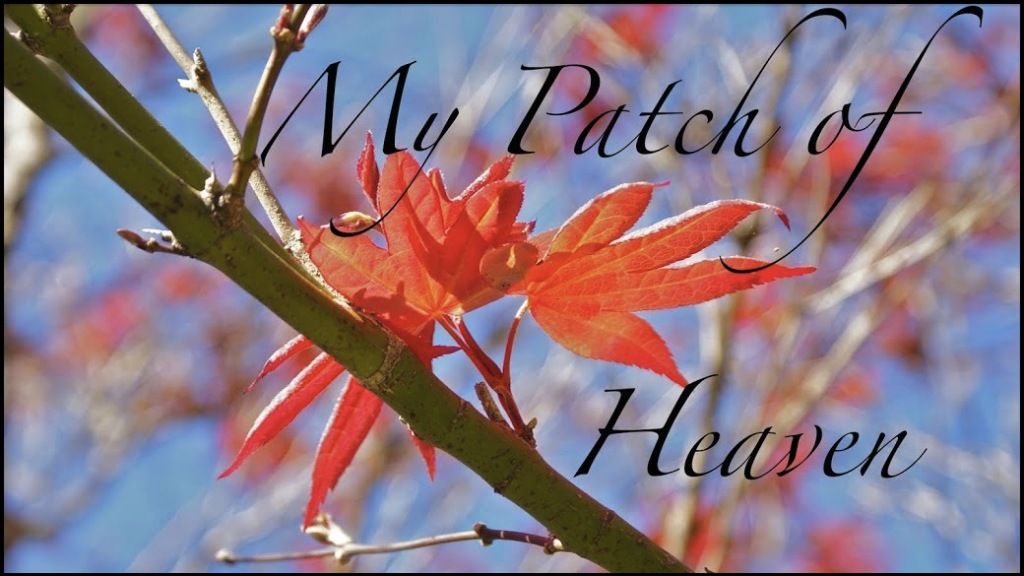Paphiopedilum hirsutissimum
This plant is very rewarding and easy to grow and makes a wonderful addition to any collection. The small hairs that adorn the flower spike, ovaries and the backs of the flowers are very interesting, though can hard to see, and are the namesake of the plant, derived from the Latin hirsutus, meaning shaggy or hairy. Lindley in Curtis’s Botanical Magazine first described the plant in 1857.
I purchased this
plant from Rob Trost at Rolin Farms, about 12-18 months ago. At the time it was labeled as Paphiopedilum esquirolei. However R. Govaerts, a member of The Board of
Trustees of the Royal Botanical Gardens, Kew changed it to Paphiopedilum hirsutissimum var. esquirolei after
publishing it as such on the World
Checklist of Monocotyledons Database in 2003. Then in 2009 in Volume 25 of Z.
Wu & D. Hong series of publications known as Flora of China, published by Missouri Botanical Garden
Press, Paphiopedilum hirsutissimum var. esquirolei
was renamed as just Paphiopedilum
hirsutissimum.
Paphiopedilum hirsutissimum naturally occurs
from Assam to Southern China and it is classed as a Hemicroptophyte by Kew
Gardens.
In summer and
autumn I have the plant hanging underneath the benches in one of the shade
houses with shade cloth of 75% on the roof and 50% on the sides, during that
time it gets watered around two to four times a week depending on the
temperature. Then in Winter and Spring
the plant is moved to the top shelf for extra light and a solid plastic cover
is put on the roof to keep out the dew and any rain that we may receive so that
I can control watering, and to stop the orchids from being wet and cold because,
as people often say, a lot of orchids can stand being wet, or being cold, but
not both at the same time. I slightly
cut back on watering in winter however that is merely due to the slower rate of
the pots drying out. The plant is in a
mixture of medium Coconut Husk Chips, Stryrofoam Balls, and Medium Bark. This plant, like all my others, gets
fertilized whenever I remember to, or have the time.
Sources:
Royal Botanical Gardens Kew,
What Orchid Is That? Edited by Alec
Pridgeon,
Internet Orchid Species
Photo Enclyclopedia by Jay Pfahl



A beautiful Paphiopedilum! You have a lot of different species, can you keep them in Australia without a greenhouse?
ReplyDeleteThat's a beautiful Paph! I'm not a huge Paph fan because I cannot get my only one to bloom. I want to spend lots of money on having a few of these, but promised myself not to until I could at least rebloom the one I have. I like this one a lot though, the petal shape is fantastic, so I guess I'll have to enjoy everyone else's in the mean time!
ReplyDeleteNice hirsutissimum, Michael!! I used to like Paphs, then I didn't, and now I kinda do again. . . I just haven't bought any because I'm not sure what species would enjoy my conditions. . .
ReplyDeletewow 4 times a week?......
ReplyDelete